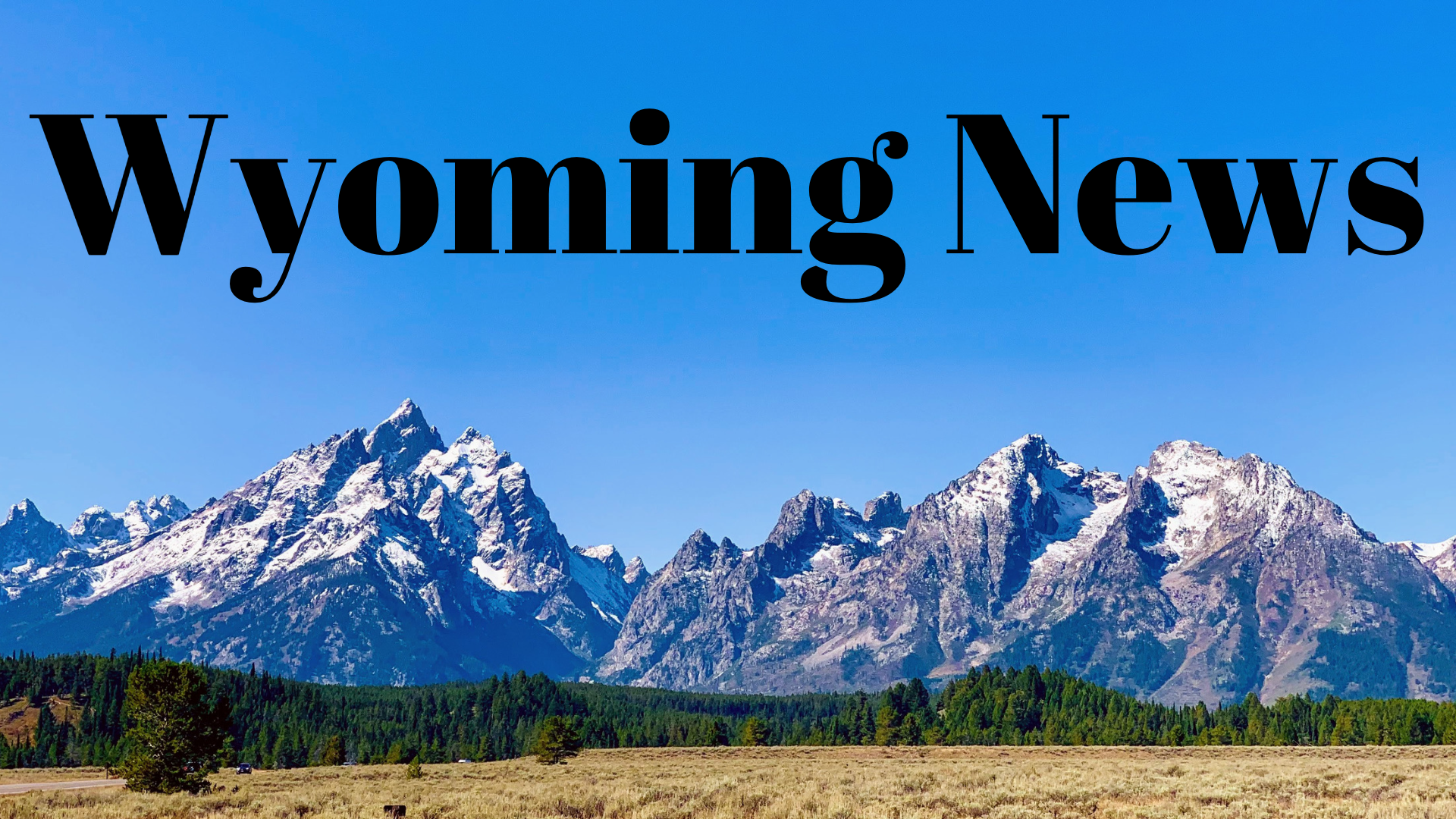Cowboy Clean Fuels finds new use for old CBM wells

By Jonathan Gallardo
Gillette News Record
Via Wyoming News Exchange
GILLETTE — About 30 miles southwest of Gillette, molasses is being injected into coal seams hundreds of feet below the surface.
Cowboy Clean Fuels, a clean energy and climate technology company with an office in Gillette, is using old coal-bed methane wells to create renewable natural gas and store carbon dioxide.
Last week, the Cowboy Clean Fuels team hosted a tour of its Triangle Unit Carbon Capture and Storage Project in southern Campbell County.
In January, the Wyoming Energy Authority provided $7.8 million in matching funds for this project, which has been operating commercially since June, injecting molasses into coal seams using 139 coal-bed methane wells. Cowboy Clean Fuels is buying molasses from sugar beet refineries in Wyoming, Montana, North Dakota and Idaho.
According to the company, there’s the potential of producing 700 million cubic feet of renewable methane and storing the equivalent of 185,000 tons of carbon dioxide a year.
Ryan Waddington, CEO and chair of Cowboy Clean Fuels, said Campbell County is the perfect place to use this technology. The coal seams in the Powder River Basin act as natural geo-bioreactors, where organic matter is converted into methane and carbon dioxide.
“There’s another dozen or so places around the world where these conditions exist, but nowhere is it better than the Powder River Basin. This is the perfect place, the biggest place, it’s the place where this technology can have the biggest impact,” Waddington said.
Michael Urynowicz, a professor at the University of Wyoming, has developed the technology over the last 15 years. Cowboy Clean Fuels licenses the technology, which is owned by UW.
Renewable natural gas is a biogas, made primarily of carbon dioxide and methane, that is produced when organic matter is broken down by microbes.
Using abandoned coal-bed methane wells, the project injects molasses into coal seams more than 1,000 feet below the surface. Microbes in the coal seams consume the molasses, producing renewable methane and carbon dioxide.
The carbon dioxide is permanently captured and stored in the coal seams, and the renewable natural gas is brought to the surface and transported using existing pipelines.
This process captures the methane that would otherwise be released into the atmosphere. And with the trapped carbon dioxide, Cowboy Clean Fuels can sell carbon credits to companies who are looking to off-set their emissions.
“We can take this technology that was developed here and deploy it here, we get to hire more people here, that means we pay rent to landowners here,” Waddington said. “We pay taxes to the county and state here, all the benefits come back to the state.”
Additionally, it makes use of the existing infrastructure that was left behind after the coal-bed methane boom came to an end, as well as the workforce in Campbell County.
The plans are to scale up and deploy the technology to 10 times the size of this first project. A study conducted by the UW Center for Business and Analysis indicated that in 2025, Cowboy Clean Fuels would support 221 jobs, directly and indirectly, in Wyoming.
And once they’re at scale in 2026, Cowboy Clean Fuels will pay an estimated $8.8 million in tax revenue and contribute more than $36 million of added value to the state’s gross domestic product.
Waddington acknowledged that when it comes to carbon capture and sequestration, there haven’t been many real world results.
“This is an industry where, quite frankly there’s a lot of talk and a lot of hype and not a lot actually happening in terms of real carbon removal,” he said.
While it’s exciting that there have been a lot of announcements for carbon capture projects, they’re still a long way from making a real economic impact, Waddington said.
“Nobody’s commercial yet, and some of them are going to start out pretty small,” he said. “We’re already commercial, we’re already putting stuff in the ground, already sequestering, and when we get to full-scale, we’re going to be really big.”
Waddington said he believes Cowboy Clean Fuels can play a big part in Wyoming’s energy portfolio moving forward.
“It continues Wyoming’s tradition of exporting the energy the world needs, it’s just one more thing that Wyoming can make in large volumes to get the rest of the world powered up,” he said.
This story was published on September 24, 2024.






